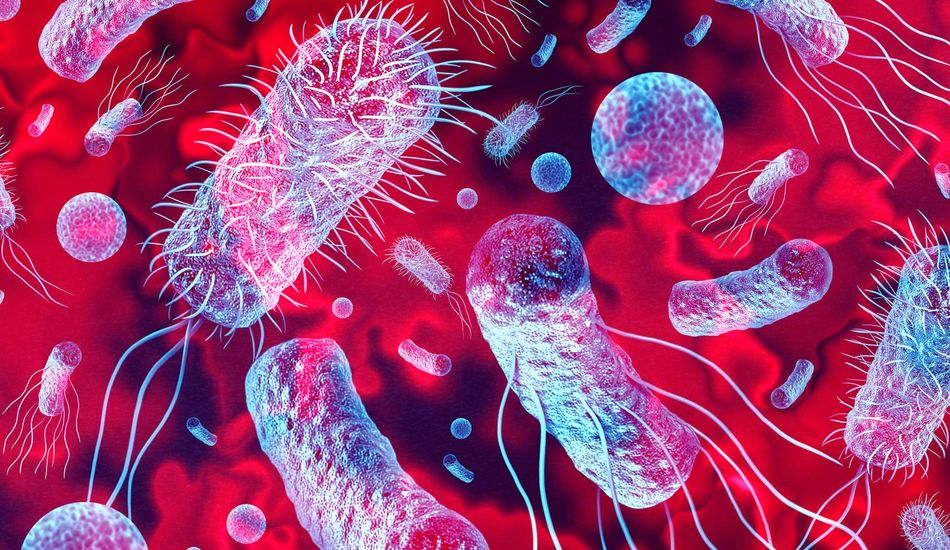
New Space Bacteria Found on Tiangong Station
A novel bacterium, Niallia tiangongensis, has been identified on China's Tiangong space station. This rod-shaped, spore-forming microbe, unlike any previously known species, was discovered during the China Space Station Habitation Area Microbiome Program (CHAMP).
Unique Adaptations for Space
Samples collected in May 2023 revealed the bacterium residing in the station's cockpit controls. Genomic sequencing showed it's related to Niallia circulans, but possesses significant genetic differences. N. tiangongensis exhibits remarkable adaptations to the space environment, including a unique method of gelatin hydrolysis for nutrient acquisition and mechanisms to combat radiation damage and oxidative stress. Its ability to form protective biofilms further enhances its survival.
Origins and Implications
Whether this bacterium evolved in space or represents an undiscovered terrestrial species remains unclear. The discovery highlights the potential microscopic hazards facing future space travelers. While the immediate threat to taikonauts is unknown, its terrestrial relative, N. circulans, is known to cause sepsis, especially in individuals with weakened immune systems. Further research is crucial to understanding the implications of this find and developing effective countermeasures for long-duration space missions.
Source: Wired